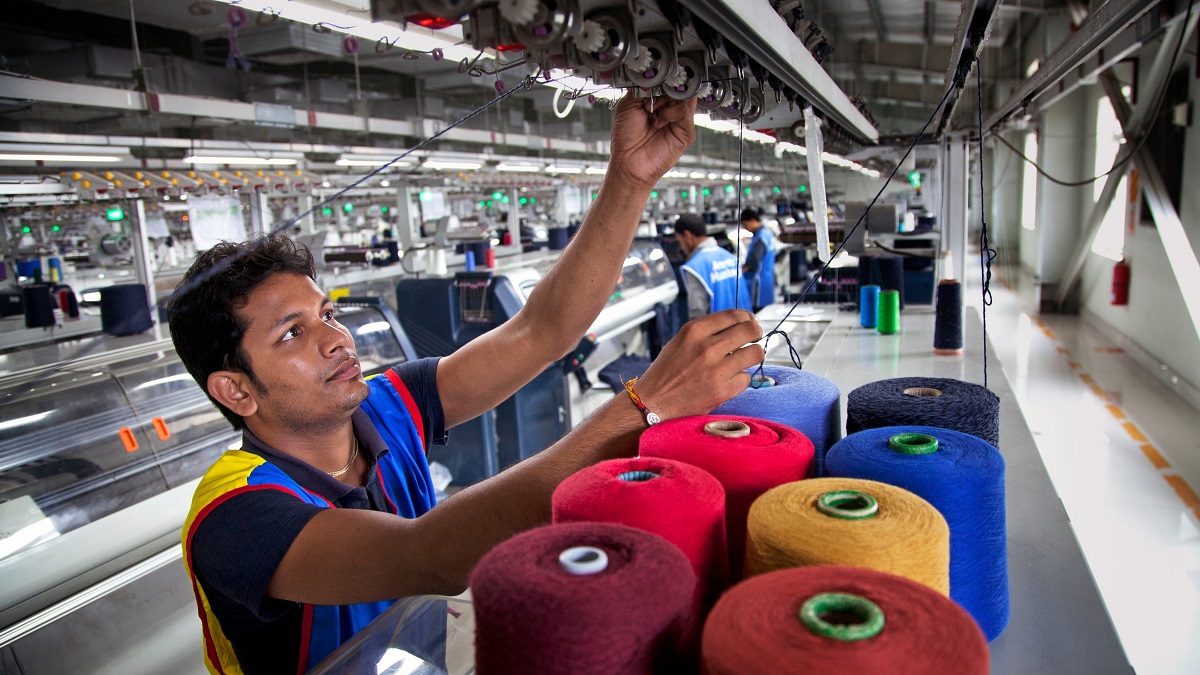A new UNCTAD report examines gains from the half-century-old preferential trade scheme and how to make its benefits more inclusive and sustainable.

© Shutterstock/hanifphoto1 | A worker in the knitting section of a garment factory in Bangladesh.
The Generalized System of Preferences (GSP) is a voluntary trade scheme provided by developed economies that offers lower tariffs to imports from their developing counterparts.
The scheme, instituted in 1971 with support from UNCTAD, seeks to facilitate developing countries’ export growth, particularly in the manufacturing sector.
Five decades on, the GSP stands at a crossroads.
The effectiveness of tariff incentives as a tool to foster exports has eroded over time, as trade liberalization takes place at multilateral, regional and unilateral levels, and as the relevance of tariffs to overall trade costs declines.
If its relevance and effectiveness has waned over time, what adjustments are needed for the scheme to continue enabling more inclusive trade?
To answer this question, a recent UNCTAD report provides an assessment of the benefits generated under the GSP by quantifying the economic value of preferential treatment, as well as the obstacles to realizing the scheme’s full potential.
Which markets offer GSP?
As of June 2023, 16 economies operate GSP schemes, and each has designed its own framework.
These GSP-granting markets include Armenia, Australia, Belarus, Canada, the European Union, Iceland, Japan, Kazakhstan, Kyrgyzstan, New Zealand, Norway, the Russian Federation, Switzerland, Türkiye, the United Kingdom and the United States.
Substantial tariff savings
While GSP aims to foster trade for developing countries, the preferential tariff rates offered under the schemes of the Quad economies – Canada, the European Union, Japan and the United States – have generated tariff savings, particularly for those importing from least developed countries (LDCs).
The Quad economies accounted for about half of global imports on average between 2004 and 2018.
The report shows that in 2018, some $213 billion worth of exports from selected developing countries were eligible for preferential treatment in one or more of the Quad GSP schemes.
The total tariff savings from the Quad GSP schemes amounted to $8.8 billion, of which $5.1 billion was thanks to the GSP schemes for LDCs.
But not everyone benefits equally
The distribution of the value of preferences of the Quad GSP schemes is highly concentrated, the report notes.
In 2018, five major exporters – Bangladesh, Cambodia, India, Pakistan, and Viet Nam – represented nearly 70% of total preference values in the Quad markets.
Similarly, top exported products – including apparel, footwear, leather and fish – comprised between 65% and 95% of total effective preference values under the GSP schemes.
Recommended adjustments
The report calls on GSP-providing economies to increase and fine-tune product coverage.
Such adjustments can support export diversification in developing countries, by expanding the scope of GSP-eligible products to ones that are processed and have higher added value.
It also calls for increasing preference margins to facilitate GSP utilization, citing that among the GSP-LDC schemes of Canada, the EU and the US, the average utilization rate ranged from about 30% for the lowest preferential rates to around 65% for the highest ones.
Additionally, relaxing and simplifying the rules of origin will make GSP schemes more user friendly.
To ensure equitable sharing of GSP benefits across more countries and products, the report calls for making the schemes more predictable, stable and transparent.
“The heightened uncertainties stemming from the short duration of individual GSP schemes, as well as country-product eligibility, have hindered the formation of long-term trade links between the GSP-granting economies and beneficiary countries,” the report says.
“Dissipating such uncertainties could make GSP benefits more inclusive and sustainable.”
Rethinking the future of GSP
Looking ahead, the report cautions against a shrinking policy space for trade preferences.
During the last two decades, despite the share of most-favoured-nation (MFN) duty-free products increasing in total tariff lines, the average MFN rates has decreased in major markets, reducing the importance of tariffs in trade costs.
In this regard, the report encourages discussions on modernizing current trade preferences to help developing countries export at lower trade costs throughout global value chains, as well as adapt to the changing international trade landscape – with services and the digital economy on the rise.


